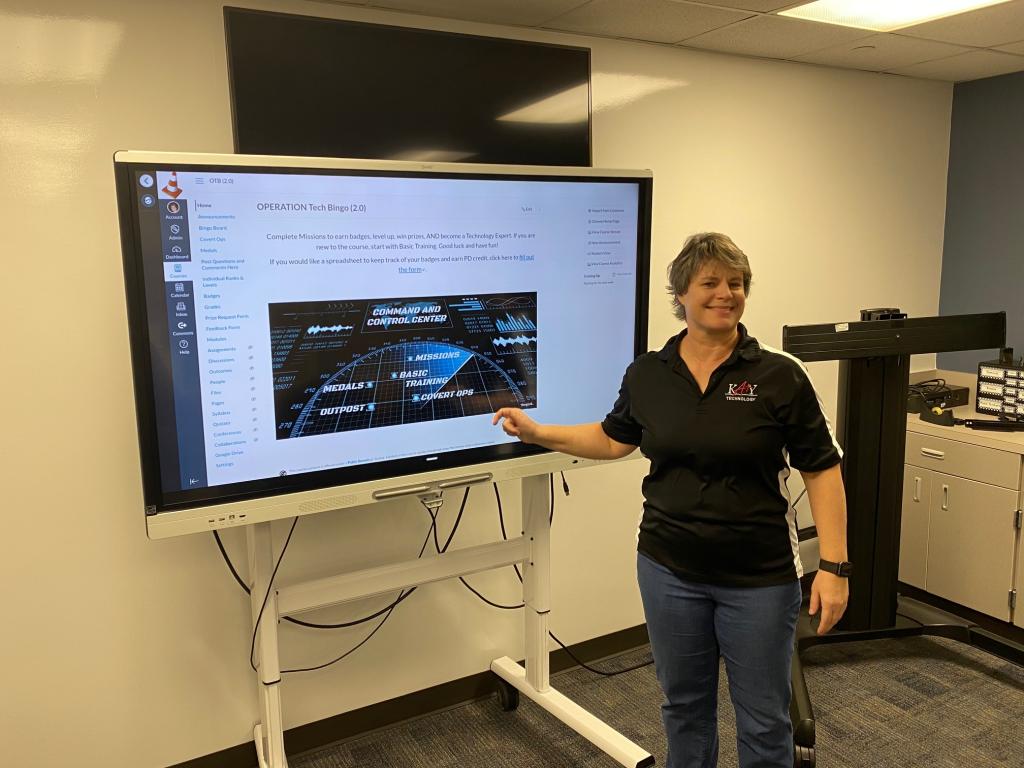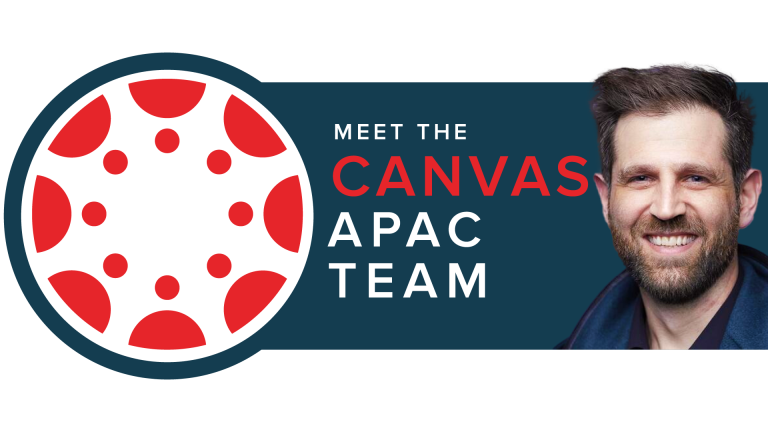
The Beginnings of Gamification
Gamification wasn’t a mainstream word when I started conceiving ways to implement gaming into my classroom. I was first introduced to it in the world of sports as a heptathlete in 1987. When competing in the event, athletes are awarded points for their performance based on tables in The Big Red Book. If I ran 14.8s in the 100m hurdles, I was awarded 868 points. It didn’t matter where I placed in the race.
I loved this idea! Giving me points for doing something and then totaling them for an overall score and overall winner. It is an idea I carried into my first few years of coaching high school sports as I gamified our off-season program.
After teaching and coaching for six years, I left the courts, fields, and the classroom and stayed home for 10 years with my children. While at home, I became intrigued with what made Lego Star Wars so interesting to my son. He told me he liked finding the barrels, collecting coins, and completing different levels. Meanwhile, my daughter was playing Webkinz online and I watched as she spun the daily wheel, answered quiz questions, and created a home for her online pet.
The Evolution of Gamification
The evolution of the gamification process continued as I went back to the classroom in 2008. I dabbled with spinning a wheel for prizes, giving raffle tickets for passing a test, having students level up in ways, creating a classroom board game, and other ideas. It wasn’t until 2011 that I finally had a plan and pulled it all together with a Master’s Degree research project.
There was so much I was keeping track of for the students as they “played” this game of Algebra 2. I had papers all over my desk, spreadsheets to keep track of points, a mounted wooden wheel, a leaderboard on the door, posters on the wall for badges and avatars.
And then came Canvas….
The Ultimate Tool for Gamification
Canvas revolutionized my classroom instruction. I was able to take all of the amazing web applications I was directing students to such as Nearpod, Kahn Academy, Desmos, FlipGrid, TedTalks, Quizlet, and more and embed them into Content Pages. I could add my recorded lessons to modules for students to access at anytime. I was able to award badges digitally using Badgr. Students could spin a wheel and find where they were on the leaderboard using Flippity. I could bring characters to life in Content Pages using Voki. Introductions to lessons were now more interesting using Powtoon. I could make more amazing Home Page designs by embedding a ThingLink.
The “game” was now housed in one place for students to access at any time; on their phones, on class devices, and on their laptops. Total points in the Canvas gradebooks were now where they could find their XP and determine their level. And, modules gave great structure to the lessons and overall game design.
Pairing gamification and the tools and structure provided by Canvas has been a definite game changer.
And, by reading this article, you just earned 100 XP.
Keep learning,
Stephenie Jordan
Classroom Technology Designer
Katy (Texas) Independent School District
Related Content
 meet-canvas-apac-team-christopher.png
meet-canvas-apac-team-christopher.pngBlogs
 philippines_ched_cmo.png
philippines_ched_cmo.pngBlogs
 meet-canvas-apac-team-avi.png
meet-canvas-apac-team-avi.pngBlogs